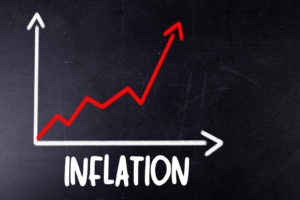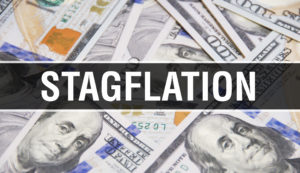
By Noah Solomon
Special to the Financial Independence Hub
The continued rise in stocks, real estate, and almost every other asset class on the planet can be attributed to three things: liquidity, liquidity, liquidity. According to legendary investor Marty Zweig:
“In the stock market, as with horse racing, money makes the mare go. Monetary conditions exert an enormous influence on stock prices. Indeed, the monetary climate – primarily the trend in interest rates and Federal Reserve policy – is the dominant factor in determining the stock market’s major direction.”
In today’s markets, you don’t have to look very hard to find strong evidence of Zweig’s theory, which explains why stock markets were making fresh highs during successive outbreaks of Covid-19 and spiking unemployment. It also explains why approximately two thirds of stock returns over the past decade are attributable to multiple expansion rather than earnings growth. It’s hard to envision things turning south when real interest rates remain highly negative, and money is so freely available.
Something is happening here but it ain’t exactly clear what
For the first time in decades, the inflation genie is threatening to escape from its bottle. The abundant global liquidity that has been the primary driver of markets is threatened by the potential need to combat inflationary pressures, which have been rearing their head after a several-decade slumber.
Despite some disconcerting inflation readings over the past several months, it is possible that this phenomenon turns out to be a Covid-induced disruption in supply chains that will prove temporary. If this scenario prevails, then rates will remain fairly low, as will the probability that stocks will crater. Conversely, it is entirely possible that the recent uptick in inflation marks the beginning of a longer-lasting trend, in which case rates could rise materially, thereby increasing the chances of a severe decline in risk assets.
There are certainly some signs that suggest that at least a portion of the recent surge in inflation may have staying power. Bridgewater, the world’s largest hedge fund, recently wrote a research report called “It’s Mostly a Demand Shock, Not a Supply Shock, and It’s Everywhere.” The authors contend global production is back to normal levels following last year’s Covid-related disruptions. On the other hand, they claim global demand has exploded. Bankim Chadha, Chief U.S. Equity & Global Strategist at Deutsche Bank Securities, summarized his recent discussions with company executives:
“Most companies noted that supply chain issues kept them from fulfilling the underlying demand, which was much stronger than they had expected. They didn’t plan their supply chains to have a sustained surge in volume for 18 months. Labor availability and cost pressures show no signs of abating any time soon, a development that is new and not welcome. Companies are however very confident in their ability to raise prices.”
Although rates have risen modestly over the past few months, they have yet to rise materially. Both central banks and market participants remain skeptical that inflation will become a serious concern, which has prevented rates from spiking and provided stocks with sufficient “cover” to remain buoyant. On a rolling 10-year basis, equities are beating bonds in the U.S. by the largest margin since 1964. As long as the money is coming the mare will keep running. Continue Reading…





